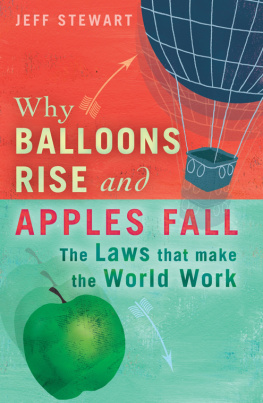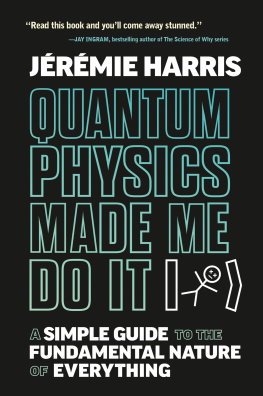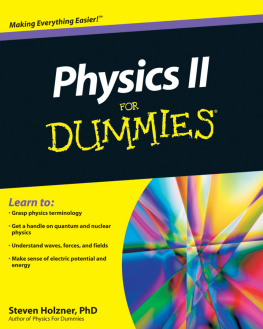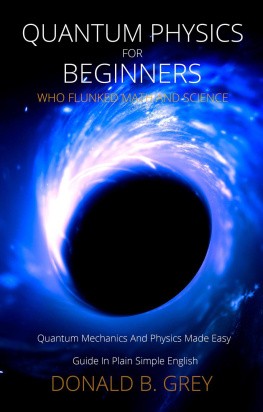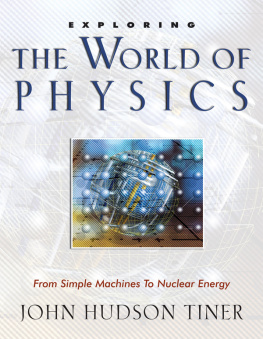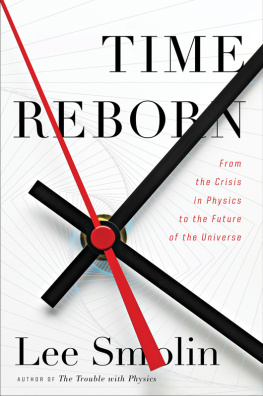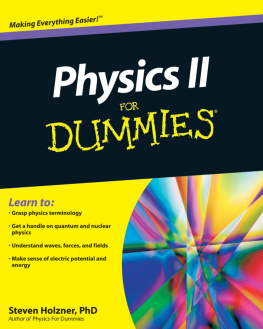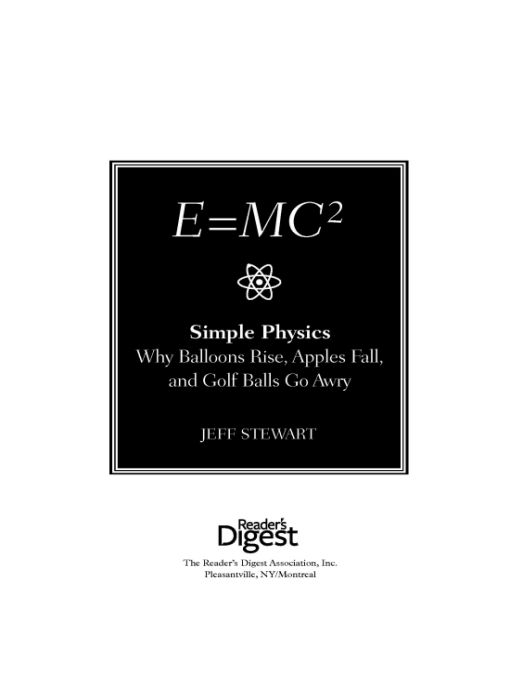Jeff Stewart - E=MC2: Simple Physics: Why Balloons Rise, Apples Fall & Golf Balls Go Awry
Here you can read online Jeff Stewart - E=MC2: Simple Physics: Why Balloons Rise, Apples Fall & Golf Balls Go Awry full text of the book (entire story) in english for free. Download pdf and epub, get meaning, cover and reviews about this ebook. year: 2010, publisher: Readers Digest, genre: Children. Description of the work, (preface) as well as reviews are available. Best literature library LitArk.com created for fans of good reading and offers a wide selection of genres:
Romance novel
Science fiction
Adventure
Detective
Science
History
Home and family
Prose
Art
Politics
Computer
Non-fiction
Religion
Business
Children
Humor
Choose a favorite category and find really read worthwhile books. Enjoy immersion in the world of imagination, feel the emotions of the characters or learn something new for yourself, make an fascinating discovery.

- Book:E=MC2: Simple Physics: Why Balloons Rise, Apples Fall & Golf Balls Go Awry
- Author:
- Publisher:Readers Digest
- Genre:
- Year:2010
- Rating:4 / 5
- Favourites:Add to favourites
- Your mark:
E=MC2: Simple Physics: Why Balloons Rise, Apples Fall & Golf Balls Go Awry: summary, description and annotation
We offer to read an annotation, description, summary or preface (depends on what the author of the book "E=MC2: Simple Physics: Why Balloons Rise, Apples Fall & Golf Balls Go Awry" wrote himself). If you haven't found the necessary information about the book — write in the comments, we will try to find it.
You dont have to be Einstein to understand quantum physics. With amusing examples from film, TV, and history, learn how physics affects everything in your surroundingswithout the use of mind-bending math or the need for a particle accelerator. With E=MC2, youll learn: When forces balance: Simple answers to questions such as, Why do balloons rise while apples fall? The Good, the Bad, and the Impossible: Why The Good, the Bad, and the Ugly is full of absurdities. (For someone whose characters often uphold the law, Clint Eastwood certainly defies the laws of physics in this film.) AC/DC: but only AC really rocks: Alternating current (AC) is much more complicated than direct current (DC). The voltage is constantly moving between positive and negative; the current therefore flows one way, and then the other (rocking back and forth). Why do I feel this warm glow?: The theory behind how the first stars were born General Relativity and GPS: The strange result of gravity on time is well proven. Compared to the interminable time you experience while stuck in a traffic jam, time literally runs faster (because gravity is weaker) in the orbiting GPS satellites that help your GPS system get its fix. At the speed of light: A refresher on the theory of relativity and an understanding of whya hundred years laterEinsteins physics still points the way in cutting-edge research. Yu again: In the martial arts movie Crouching Tiger, Hidden Dragon, the rebellious young heroine, Jen Yu, blocks an attacker with her hand without standing or bracing herself. All the while, she holds a cup of tea in her other hand and doesnt spill a drop. Find out why kinetic energy and scalar quantity make her move impossible.
Its physics for the rest of us. So why not come along for the ride? Advance at the speed of light through the fundamental laws of physics as they were discovered, proven wrong, and revolutionized.
Make this and all of the Blackboard Books(tm) a permanent fixture on your shelf, and youll have instant access to a breadth of knowledge. Whether you need homework help or want to win that trivia game, this series is the trusted source for fun facts.
Jeff Stewart: author's other books
Who wrote E=MC2: Simple Physics: Why Balloons Rise, Apples Fall & Golf Balls Go Awry? Find out the surname, the name of the author of the book and a list of all author's works by series.

